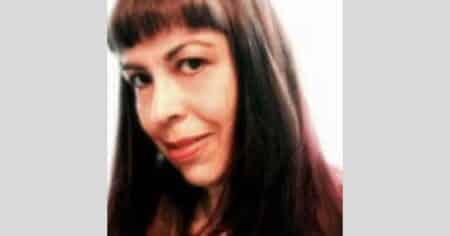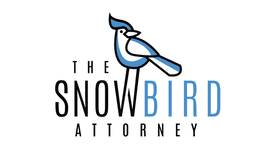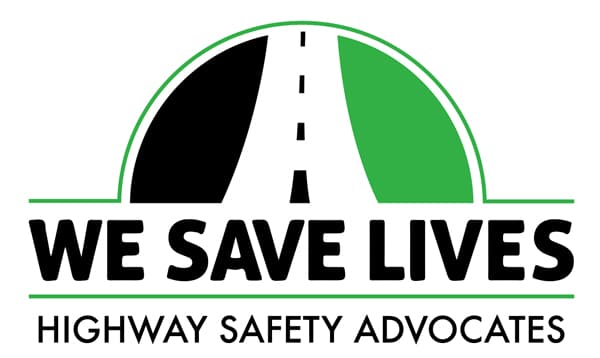
Devastating & Invisible. I was like you once — living a full life, enjoying dinners with friends, laughing at my pets’ antics, helping out and being helped by family, beavering away at my goals, dreaming of more. And then two drivers behind the car I was riding in, my husband at the wheel, decided to tailgate and speed, and, well, my life shrunk to medical appointments, friends vanished like a slowly fading painting, my pets died, family all but left me behind, goals eluded my reach, dreams died. You see, I had suffered a “closed head injury.” Mild traumatic brain injury. Concussion. My brain had been flung back and forth, back and forth, back and forth as the two drivers slammed their cars into ours and pushed us into the car in front of us. Our cars looked more banged up than we did.
I’d had health challenges before, I’d suffered devastating losses before; I could recover from this mild injury and get back to writing Lifeliner, a book I had finished researching and had begun writing. I just needed to work hard. Be positive! Have a goal and hope!!
Yeah, well, with the standard so-called evidence-based medical care, that was never going to happen. This kind of care is filled with euphemistic names like cognitive therapy, which as one doctor put it is no better than tea and cookies. It works in silos: doctors don’t collaborate; no one in the medical system talks to psychologists outside it; no one recognizes the certain-to-fail system of relying on the person with the injured brain to act as coordinator. Standard outpatient care is the wholesale abandonment of people with any kind of brain injury.
After five years of this getting-me-no-better care, I doubled down on searching for treatment that actually healed my neurons, like what doctors do for broken bones. They don’t leave it up to your body to reconnect broken bone shards. So why do that do that for neurons?
Riffing off of Dr. Norman Doidge’s definition, I wrote in Concussion Is Brain Injury: Treating the Neurons and Me: “I theorize the brain’s function is to change its neural networks in response to mental and physical experience and activity within a web of relationships.”
Bringing Order to Chaos
“Brain injury is like a massive plough that trenches through your established networks. Sheared axons blink useless electrical signals into voids of pooling blood and biochemical chaos. Interrupted networks with nowhere to send their signals feed noise into your brain. Since the basic function of the brain is to change, the brain changes itself to accommodate this injury while some cells begin the sloth-like process of regeneration. But it’s tough bringing order into chaos. It would be like you with the worst case of laryngitis standing between two armies telling them to stop shooting at each other. They wouldn’t hear you over the volley of bullets and bombs, whistling missiles and lobbing grenades.
“Standard brain injury treatment keeps you stuck between the grenade-lobbing armies with not even a bullhorn to amplify your futile requests for peace. It relabels the armies as mysterious aliens and still doesn’t toss you a lozenge. It may even label you as someone with a personality disorder or depression who should stop screaming. That’ll help your throat.
“My Journey Was About Quieting Down the Armies.”
I shared some of that journey in the original edition of Concussion Is Brain Injury. Then I benefitted from an experimental treatment I kickstarted; thought about how brain injury ought to be treated; thought about and tried to restore my reading, devising a theoretical program in the process that worked a little, but have now discovered a reading comprehension program; learnt much more about living with this “mild” injury that kaboomed my life; and decided to share the social and emotional devastations. I revised my book, structuring it to be easier for people with brain injury to read and to include both my story and Learnings so that readers could read either or both. I was invited to blog on Psychology Today; there, I focus on what I’ve learnt and am still discovering about this devastating and invisible injury that’s far more prevalent than most people realize.
I’m thrilled to have this opportunity to tell you about my journey – Devastating & Invisible because it will mean more people can learn there is real treatment available and it is possible to restore your life.
For more information please contact Shireen at: www.jeejeebhoy.ca
Submitted by: Shireen Anne Jeejeebhoy
We welcome Shireen Anne Jeejeebhoy as a member of Crash Support Network and thank her for her support.
The Crash Support Network is a unique website consisting of an online support group, a Crash Survivor Blog written by a survivor, our Sharing Our Recovery Newsletter, informative articles and a Virtual Crash Memorial. Our website is based on relationship-building and puts the needs of survivors first by creating a helpful resource for victims and survivors of motor vehicle crashes.





